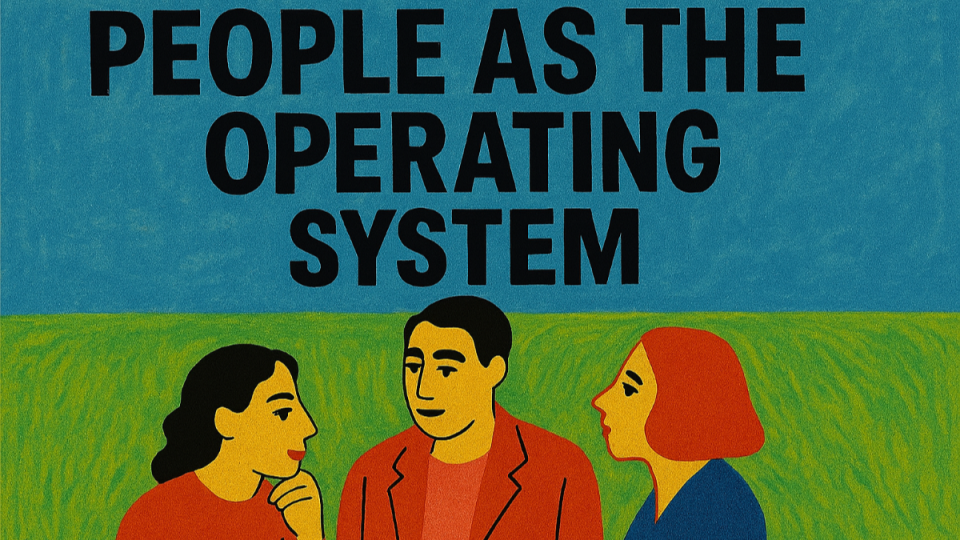The more I work with people and organizations, the less I believe that structure alone gets us anywhere. We optimize teams, outline strategies and build systems, but often forget what actually runs everything: the people inside it. Not just people as roles or functions. People as a system. The real operating system of a company.
Someone recently asked me what kind of HR tech we use. I smiled and said: “We run on humans. The rest? Tools. Even People Analytics. Helpful, but they do not notice when someone is about to quit.”
What we ignore speaks loudly
Across teams and companies, I have noticed a common pattern: It is rarely the lack of goals that pushes people out or dismotivate. It is the lack of recognition for what is shifting underneath – the silence before disengagement, the withdrawal before resignation.
We all know the vocabulary: agility, growth, learning, resilience. But what actually makes people stay and contribute deeply often comes down to this: “Did anyone care enough to notice I was pulling back?”
Often, what holds a company back is not what it lacks. It is what it ignores. Small details that compose the bigger picture. We all know what to do. But we ignore it because of different reasons.

From position to person
We say we hire “top talent.”
Then we offer them a standard job description. Explain them structure and business processes. Do onboarding trying to brainwash them as much as possible. Even when we give them tennis table and remote options.
That is cascade down strategy.
It assumes the structure and processes are right and people just need to fit in.
I would love to change the perspective. Cascade up strategy works better and differently. And I love it!
It starts with values, potential and energy.
It tunes the role to the person not the other way around.
It looks at job descriptions as starting points, not boundaries.
It hires for values, because they are the most durable element a person brings.
Skills can evolve. Experience can be taught.
But values tie action when structure bends.
This is not improvisation. It is a strategy rooted in count-on-ability.
When roles align with people’s authentic direction, they own the outcome.
That changes everything. The culture, the vibe, the structure.

How we build count-on-ability
What creates ownership and drive is not pressure, it is progressive responsibility.
From my experience and practice this structure growth through stages:
1. Shadowing – to understand real-world logic, not just theory
2. Skill inventory + mentoring – to map capacity and direction
3. Handing over decision rights – not all at once, but intentionally
4. Full outcome ownership – when someone leads without waiting
This creates a shift:
From compliance to initiative.
From asking what to do to already doing what is needed.
People do not need full answers on day one.
They need space to ask the right questions, learn what matters and deliver outcomes with confidence.

What I focus on now
I focus less on perfect systems and more on clear frameworks that breathe.
On building environments where values are not just written – they are used.
Where roles and processes adjust without drama.
Where energy is noticed before it burns out.
I do not scale systems anymore.
I scale people.
And people, when aligned and relied on, become the most adaptive system of all. And create systems to run.
Thank you for reading.
If any of this resonates, tell me:)
Let us keep building forward,
Arpi
